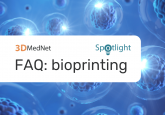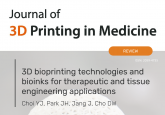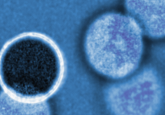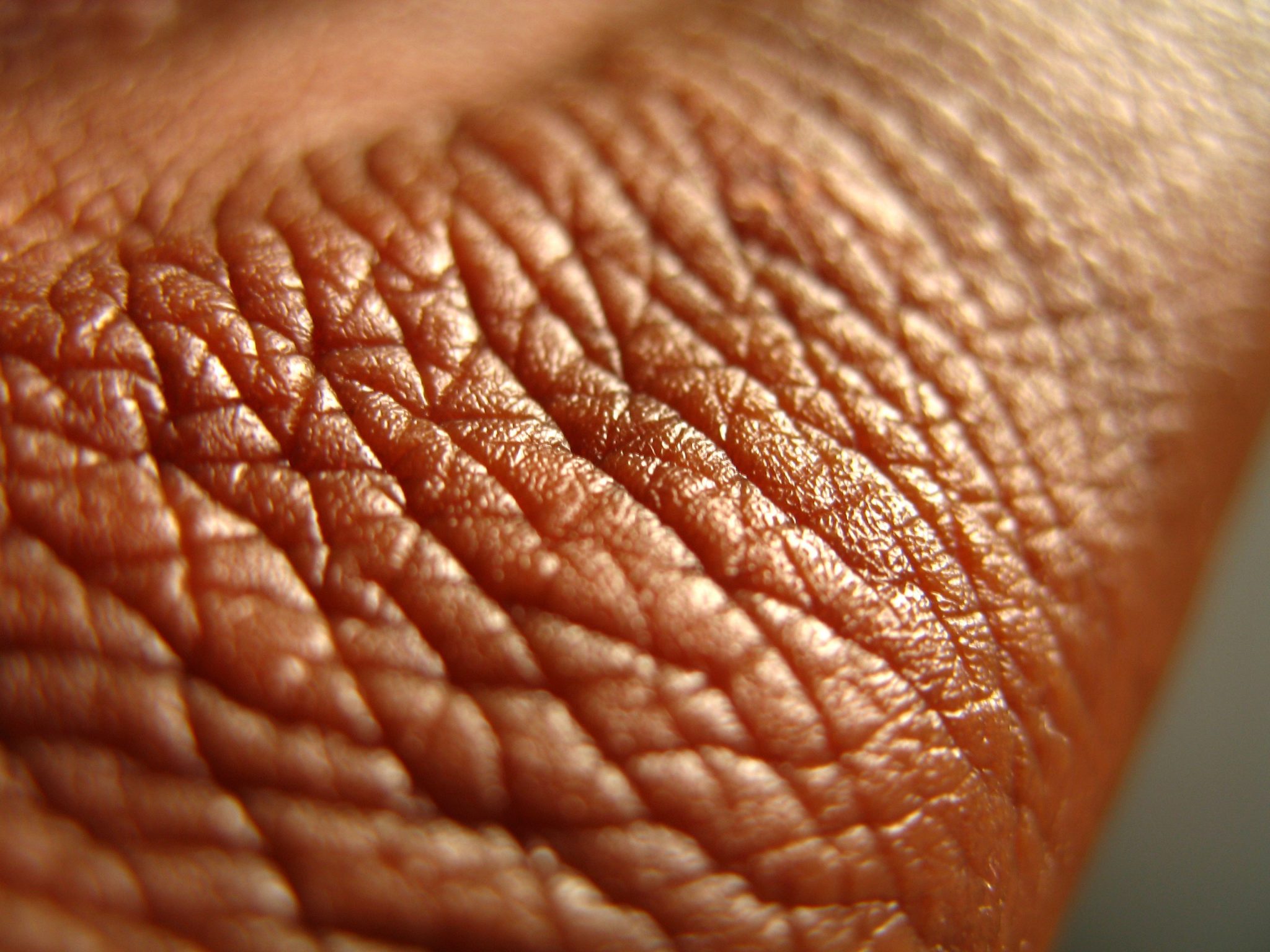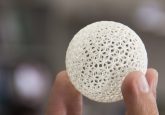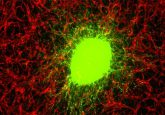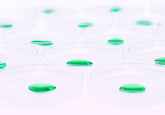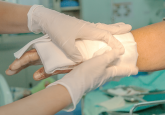Spotlight on bioprinting
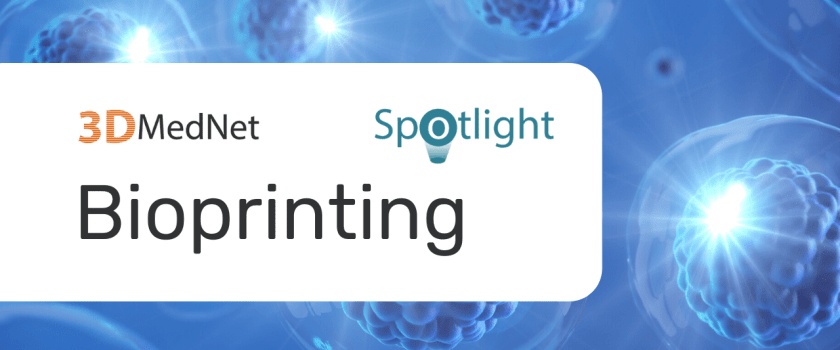
In this Spotlight feature, 3DMedNet aims to highlight key bioprinting projects, from conventional biofabrication and regenerative medicine research to novel applications of ‘bedside’ bioprinting.
Over the next 3 months, we will be taking a closer look at the evolving world of bioprinting, with expert-led content, free access to journal articles from Future Science Group publications, a webinar from our sister site, RegMedNet, and our first ‘panel on paper’ reflecting the current regulatory landscape. Make sure you watch this page for updates and follow the hashtag on Twitter, #3DMNbioprinting.
Bioprinting is a 3D printing or additive manufacturing process using biological molecules, often packaged into matrices and referred to as ‘bioinks’.
From preclinical R&D to personalized approaches to clinical tissue repair and replacement, bioprinting has seen a multitude of breakthroughs over the last few years. It is now technically possible to print replica tumors and tissues to test drug efficacy prior to administration and tailor personalized treatment strategies based on bioprinted cellular or tissue model responses.
While replacement organs may be a long way off, it is now possible to print vascularized tissues and entire (partially) functional systems. Who knows, perhaps we may be closer than we think to a custom-made solution to the organ donation crisis…
In this Spotlight feature – a first for 3DMedNet – we aim to highlight key bioprinting projects, from conventional biofabrication and regenerative medicine research to novel applications of ‘bedside’ bioprinting.
Over the next 3 months, we will be taking a closer look at the evolving world of bioprinting, with expert-led content, free access to journal articles from Future Science Group publications, mini-webinars and a ‘panel on paper‘ to investigate the regulatory questions involved with translating bioprinting technologies into clinical practice.
Make sure you keep an eye on this page for updates and follow the hashtag on Twitter, #3DMNbioprinting.
